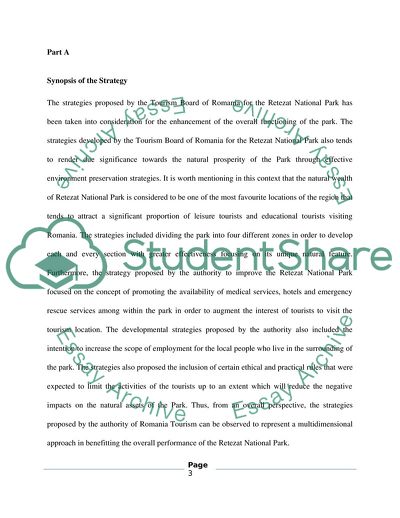Cite this document
(Sustainable Tourism Strategy for Romania National Park Case Study - 1, n.d.)
Sustainable Tourism Strategy for Romania National Park Case Study - 1. https://studentshare.org/tourism/1801684-sustainable-tourism-strategy-for-romania-national-park
Sustainable Tourism Strategy for Romania National Park Case Study - 1. https://studentshare.org/tourism/1801684-sustainable-tourism-strategy-for-romania-national-park
(Sustainable Tourism Strategy for Romania National Park Case Study - 1)
Sustainable Tourism Strategy for Romania National Park Case Study - 1. https://studentshare.org/tourism/1801684-sustainable-tourism-strategy-for-romania-national-park.
Sustainable Tourism Strategy for Romania National Park Case Study - 1. https://studentshare.org/tourism/1801684-sustainable-tourism-strategy-for-romania-national-park.
“Sustainable Tourism Strategy for Romania National Park Case Study - 1”. https://studentshare.org/tourism/1801684-sustainable-tourism-strategy-for-romania-national-park.


